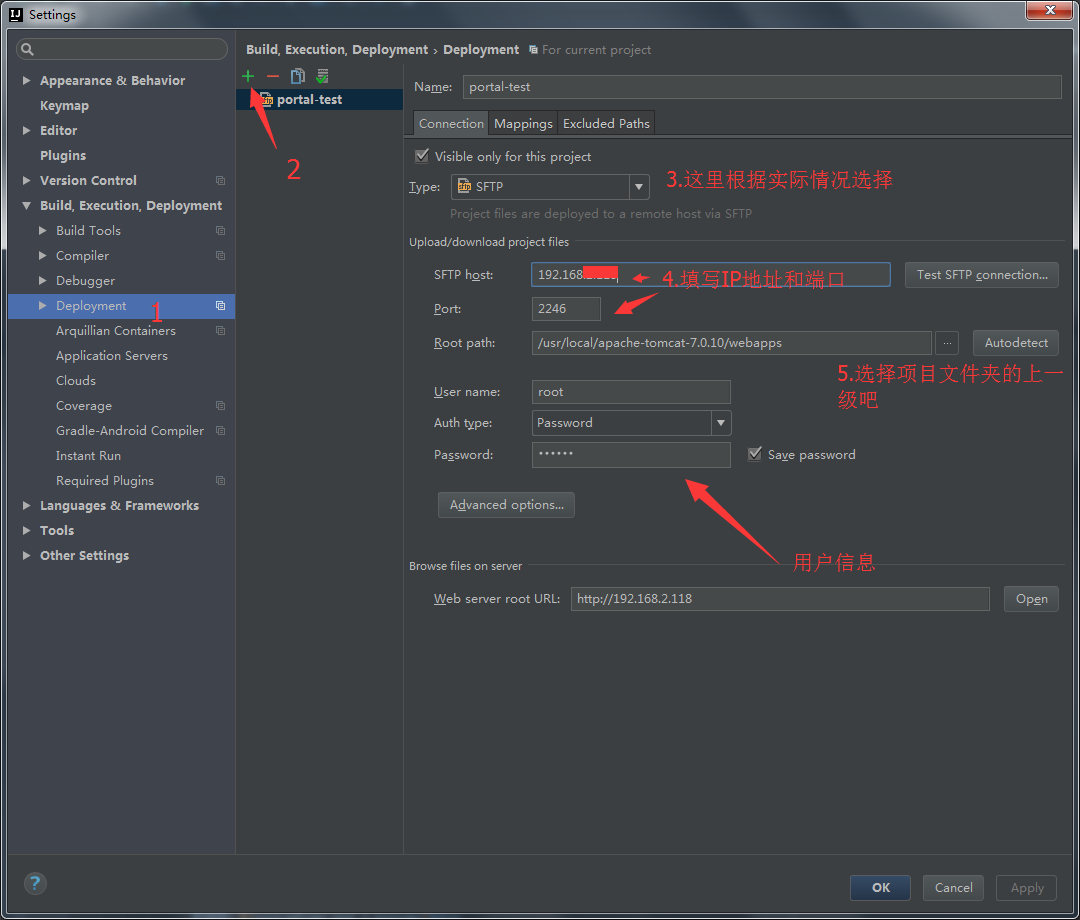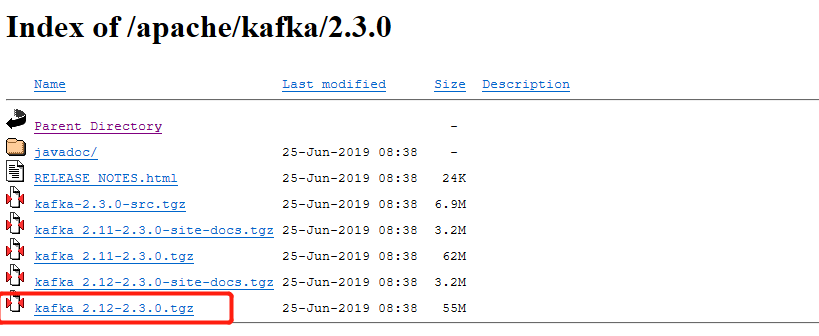C#(五):接口、泛型、struct、继承、方法的隐藏与重写、密封、抽象、多态
接口、泛型、struct、继承、方法的隐藏与重写、密封、抽象、多态
- 接口
- 用途
- 特点
- 语法
- 代码
- 泛型
- 使用在类中的泛型-特点:
- 使用在方法中的泛型-特点:
- 使用在接口中的泛型-特点:
- struct
- 结构体是 `值类型` `struct`
- 结构体与类的区别
- 继承
- 示例
- 继承之构造方法
- 向上转型(隐式类型转换) - 子类转换成父类
- 向下转型(需要强制类型转换) - 父类转换成子类
- 方法的隐藏与重写
- 方法隐藏
- 方法重写
- 密封
- 密封类
- 密封方法
- 抽象
- `抽象类`
- `抽象方法`
- 多态 `virtual` `abstract` `interface`
接口
用途
- 定义一系列的规范
特点
- 接口中方法不是抽象方法(接口中方法的实现不能使用 override)
- 接口中方法的实现必须是 public 权限的
- 抽象类实现接口方法可以把接口方法实现为抽象方法
- 一个类中实现接口方法可以把方法实现为虚方法
语法
- 一个类可以实现多个接口
- 一个类继承另一个类并且实现接口需要把接口下载继承类的后边,并用逗号分隔
- 区分接口与继承规范:接口命名以大写字母I开头
代码
interface IUSB{// 充电public void Charge();// 数据传输void TransportData();}class Hardware {}// 让Mouse去实现USB这个接口class Mouse : Hardware, IUSB{// 一个类中实现接口方法可以把方法实现为虚方法public virtual void Charge() {}public void TransportData() {}}// 抽象类实现接口方法可以把接口方法实现为抽象方法abstract class Keyword : IUSB{public abstract void Charge();public void TransportData() {}}
泛型
使用在类中的泛型-特点:
class Program{static void Main(string[] args){// 使用一个泛型Person<int> person = new Person<int>();person.Show(23);// 使用多个泛型Animal<string, uint, char> animal = new Animal<string, uint, char>{name = "Dog",age = 23,sex = '男'};Console.WriteLine(animal.name);Console.WriteLine(animal.age);Console.WriteLine(animal.sex);}}class Person<T> {public T Show(T x){Console.WriteLine(x);return x;}}class Animal<T, M, D>{public T name;public M age;public D sex;}class Animal<T, M>{public T name;public M age;}class Animal{public string name;public uint age;}class Dog : Animal{}class Lee : Person<string>{}
使用在方法中的泛型-特点:
class Program{static void Main(string[] args){Person.Show<string>();Person.Show<string>("Hello World ~");Person.Show("Hello World ~");Console.ReadKey();}}class Person {public static void Show<T>(){Console.WriteLine("Hello World");}public static void Show<T>(T x){Console.WriteLine(x);}}
使用在接口中的泛型-特点:
interface IUSB<T> {void Show(T x);}class Mouse : IUSB<string> {public void Show(string x){Console.WriteLine(x);}}
struct
结构体是 值类型 struct
struct Person{// 静态构造static Person(){}// 有参构造public Person(string name, int age, char sex, double height) {this.name = name;this.age = age;this.sex = sex;this.height = height;}//字段public string name;public int age;public char sex;public double height;public static double weight; // 静态字段//属性public double Height{set {this.height = value;}get {return height;}}//方法public void FunA() {Console.WriteLine("Person Show ~");}};class Program{static void Main(string[] args){Person lee = new Person{age = 23};Change(lee);Console.WriteLine(lee.age); // 230Console.ReadKey();}public static void Change(Person person) {person.age = 230;}}
结构体与类的区别
相同点:- 都可以包含字段属性和方法
- 都可以通过new来实例化
- 都可以配置访问权限修饰符
不同点:结构体是在栈上开辟的空间,是值类型,不是引用类型
class Person{public int age;};class Program{static void Main(string[] args){
Person lee = new Person();lee.age = 23;Change(lee);Console.WriteLine(lee.age); // 230Console.ReadKey();}public static void Change(Person person) {person.age = 230;}}struct Person{public int age;};class Program{static void Main(string[] args){Person lee = new Person();lee.age = 23;Change(lee);Console.WriteLine(lee.age); // 23Console.ReadKey();}public static void Change(Person person) {person.age = 230;}}* 构造方法* 结构体中不允许写无参构造* 结构体的有参构造方法中必须为所有的字段进行赋值操作struct Person{public Person(string name, int age, char sex, double height) {this.name = name; // 必须赋值this.age = age; // 必须赋值this.sex = sex; // 必须赋值this.height = height; // 必须赋值}//字段public string name;public int age;public char sex;public double height;}* 结构体中始终包含一个public无参的构造方法,所以 `Person p = new Person();` 不报错* 结构体中不允许写析构函数* 结构体中只有一个父类 `Object` ,不能被继承也不能继承
继承
- 如果多个类中拥有共同的属性和方法,那么可以提取出公共的属性和方法定义为一个新类,此类即为
父类(基类/超类) - 多个具有相同属性和方法的类被称为
子类(派生类) - 他们之间的关系是:
子类 继承 父类 - 特点:
a. 子类拥有父类的所有字段、属性和方法。
b. 构造方法不能被继承。
c. 一个类只能有一个父类,可以拥有多个子类。
示例
定义一个硬件类,包括 CPU 硬盘 内存 显卡 主板 电源 类,他们拥有共同属性为 名称 价格 属性
class MainClass{public static void Main(string[] args){CPU cpu = new CPU{Name = "CPU"};cpu.SetPrice(100d);Console.WriteLine(cpu.Name); // CPUConsole.WriteLine(cpu.GetPrice()); // 100GPU gpu = new GPU{Name = "GPU"};gpu.SetPrice(120d);Console.WriteLine(gpu.Name); // GPUConsole.WriteLine(gpu.GetPrice()); // 120}}/// <summary>/// 硬件类 - 父类/// </summary>class Hardware{public string Name;private double Price;public void SetPrice(double price){Price = price;}public double GetPrice(){return Price;}}/// <summary>/// CPU 继承 硬件/// </summary>class CPU : Hardware {}/// <summary>/// 显卡 继承 硬件/// </summary>class GPU : Hardware {}/// <summary>/// 硬盘 继承 硬件/// </summary>class Disk : Hardware {}/// <summary>/// 内存 继承 硬件/// </summary>class Memory : Hardware {}/// <summary>/// 主板 继承 硬件/// </summary>class MainBoard : Hardware {}/// <summary>/// 电源 继承 硬件/// </summary>class PowerSupply : Hardware {}
继承之构造方法
报错代码
Dog dog = new Dog(); // Error 子类在实例化的时候会先实例化父类中的无参构造方法class Animal {
public string name;public Animal(string name){this.name = name;}}class Dog : Animal {// Errorpublic uint age;}
报错原因:
原因一:
子类在实例化的时候会先实例化父类中的无参构造方法,因为Animal中无无参构造方法解决(方案一):
父类提供一个无参构造方法Dog dog = new Dog();class Animal {
public string name;public Animal(){}public Animal(string name){this.name = name;}}class Dog : Animal {public uint age;}* 原因二:`子类在实例化的时候会先实例化父类中的构造方法,因为Animal中是有参的构造方法,所以需要在子类构造之前先调用父类中的有参构造方法`* 解决(方案二):`类构造之前先调用父类中的有参构造方法`Dog dog = new Dog();class Animal {public string name;public Animal(string name){this.name = name;}}class Dog : Animal {public uint age;// base(参数) -> 执行Dog构造方法之前先去执行他的父类构造方法public Dog() : base(""){}}* 解决思想:`想办法让父类实例化的时候合理化(让父类实例化的时候不会报错)`
向上转型(隐式类型转换) - 子类转换成父类
向上转型一定成功
Dog dog = new Dog();Animal animal = dog;// => Animal animalDog = new Dog();// => sbyte b = 1; int a = b; => int ab = 1;class Animal {}class Dog : Animal {}class Hashiqi : Dog {}
示例:动物园动物录入
class MainClass{public static void Main(string[] args){Animal.RecordAnimal(new Bird()); // 录入动物// => 详单于// Animal animal = new Bird(); // 向上转型// Animal.RecordAnimal(animal);}}class Animal {public static void RecordAnimal(Animal animal) {}}class Bird : Animal {}class Monkey : Animal {}class Tiger : Animal {}
向上转型后的对象将不再能够使用子类中特有的字段属性和方法
class MainClass{public static void Main(string[] args){Hashiqi hashiqi = new Hashiqi();hashiqi.type = ""; // okhashiqi.sex = ' '; // okhashiqi.name = ""; // okhashiqi.age = 1; // ok
Dog dog = new Dog();//dog.type = ""; // Error “Dog”未包含“type”的定义,并且找不到可接受第一个“Dog”类型参数的可访问扩展方法“type”dog.sex = ' '; // okdog.name = ""; // okdog.age = 1; // okAnimal animal = new Animal();//animal.type = ""; // Error “Animal”未包含“type”的定义,并且找不到可接受第一个“Animal”类型参数的可访问扩展方法“type”//animal.sex = ' '; // Error “Animal”未包含“sex”的定义,并且找不到可接受第一个“Animal”类型参数的可访问扩展方法“sex”animal.name = ""; // okanimal.age = 1; // okAnimal d = new Hashiqi();//d.type = ""; // Error “Animal”未包含“type”的定义,并且找不到可接受第一个“Animal”类型参数的可访问扩展方法“type”//d.sex = ' '; // Error “Animal”未包含“sex”的定义,并且找不到可接受第一个“Animal”类型参数的可访问扩展方法“sex”d.name = ""; // okd.age = 1; // okDog dd = new Hashiqi();//dd.type = ""; // Error “Dog”未包含“type”的定义,并且找不到可接受第一个“Dog”类型参数的可访问扩展方法“type”dd.sex = ' '; // okdd.name = ""; // okdd.age = 1; // ok}}class Animal {public string name;public int age;}class Dog : Animal {public char sex;}class Hashiqi : Dog {public string type;}
向下转型(需要强制类型转换) - 父类转换成子类
如果向下转型失败,那么得到
null// Dog dog = (Dog)new Animal(); // 不推荐Dog dog = new Animal() as Dog;Console.WriteLine(dog == null); // Trueclass Animal {}class Dog : Animal {}class Hashiqi : Dog {}
转型成功
class MainClass{public static void Main(string[] args){Animal animal = new Dog(); // 向上转型Dog dog = animal as Dog; // 向下转型Console.WriteLine(dog); // DogConsole.WriteLine(dog == null); // False}}class Animal {}class Dog : Animal {}class Hashiqi : Dog {}
向下转型错误示例
class MainClass{public static void Main(string[] args){Hashiqi hashiqi = new Animal() as Hashiqi; // 向下转型Console.WriteLine(hashiqi == null); // TrueConsole.WriteLine(hashiqi.type == null); // Error System.NullReferenceException}}class Animal {public string name;public int age;}class Dog : Animal {public char sex;}class Hashiqi : Dog {public string type;}
方法的隐藏与重写
方法隐藏
父类中含有的字段属性和方法,在子类中也需要定义类似的字段属性和方法,那么就需要隐藏继承自父类的字段属性和方法
class MainClass{public static void Main(string[] args){Animal a = new Dog();a.Show(); // Animal.Show() -> Animal ShowDog d = new Dog();d.Show(); // Dog.Show() -> Dog Show}}class Animal {public void Show() {Console.WriteLine("Animal Show");}}class Dog : Animal {
// public void Show()// 父类中含有name属性,子类还需要定义name属性,需要隐藏继承父类的属性,需要使用newpublic new void Show(){Console.WriteLine("Dog Show");}}
方法重写
需要使用关键字
override和虚函数(virtual)- 虚函数 -> 能被子类隐藏和重写
- 非虚函数 -> 能被子类隐藏,不能被重写
重写函数
class MainClass{public static void Main(string[] args){Animal a = new Dog();a.Show(); // Animal.Show() -> Dog Show 因为被重写了Dog d = new Dog();d.Show(); // Dog.Show() -> Dog Show}}class Animal {
// 子类中的方法重写父类中的方法,需要将父类中的方法设置为虚函数 virtualpublic virtual void Show() {Console.WriteLine("Animal Show");}}class Dog : Animal {// 子类中的方法重写父类中的方法 overridepublic override void Show(){Console.WriteLine("Dog Show");}}* 隐藏函数class MainClass{public static void Main(string[] args){Animal a = new Dog();a.Show(); // Animal.Show() -> Animal ShowDog d = new Dog();d.Show(); // Dog.Show() -> Dog Show}}class Animal {// 子类中的方法重写父类中的方法,需要将父类中的方法设置为虚函数 virtualpublic virtual void Show() {Console.WriteLine("Animal Show");}}class Dog : Animal {// 隐藏父类方法public new void Show(){Console.WriteLine("Dog Show");}}
密封
密封类
特点:不能被继承
sealed class Person {}class Lee : Person {} // Error “Lee”: 无法从密封类型“Person”派生
密封方法
特点:不能被继续重写,并且只有重写方法才能使用密封
class Animal {public virtual void Show() {}}class Dog : Animal {public override sealed void Show() {}}class Hashiqi : Dog{public override void Show() {} // Error “Hashiqi.Show()”: 继承成员“Dog.Show()”是密封的,无法进行重写}class Animal {public virtual sealed void Show() {} // Error 因为“Animal.Show()”不是重写,所以无法将其密封}
抽象
- 定义一种规范,用于约束子类的行为
抽象类
- 不能实例化对象
- 抽象类中可以写静态和非静态的成员
- 抽象类可以被继承和继承其他类
抽象方法
抽象方法只能存在在抽象类中
一个类继承自抽象类,那么这个类中必须实现父类中的所有抽象方法
// 抽象类abstract class Animal {// 抽象方法public abstract void Eat();}class Dog : Animal {// 通过重写实现父类中的所有抽象方法public override void Eat() {}}
多态 virtual abstract interface
实现多态主要有3种方法:
虚方法,抽象类,接口


































还没有评论,来说两句吧...